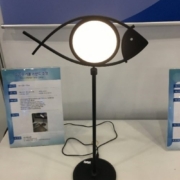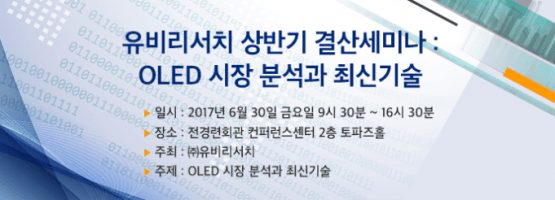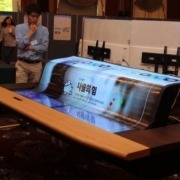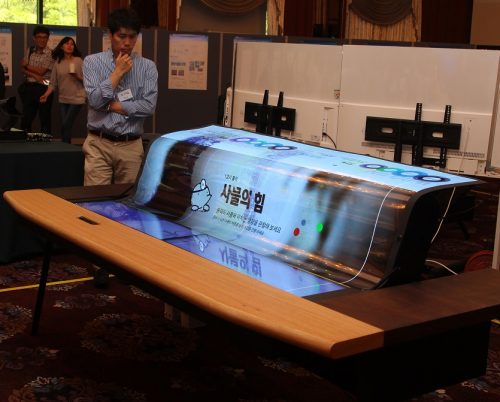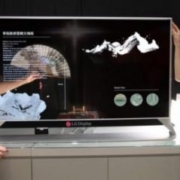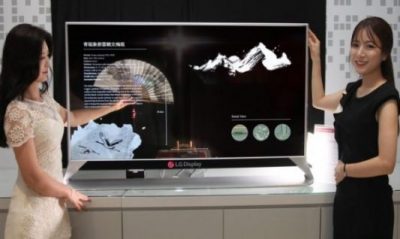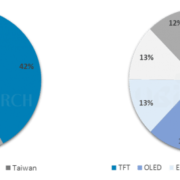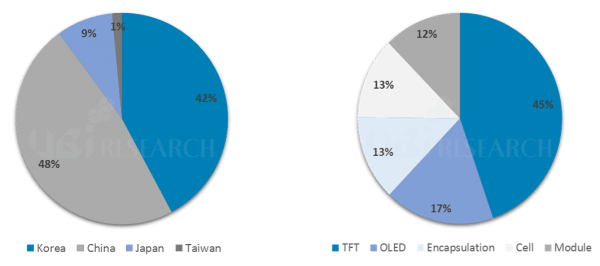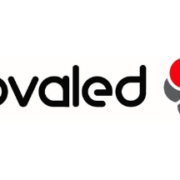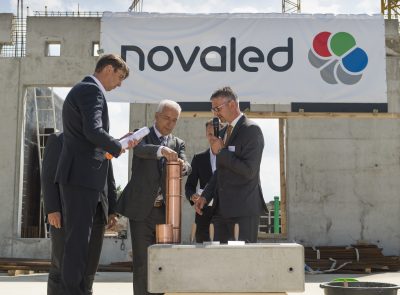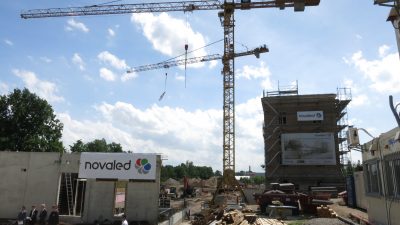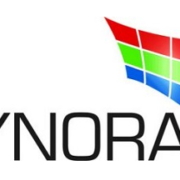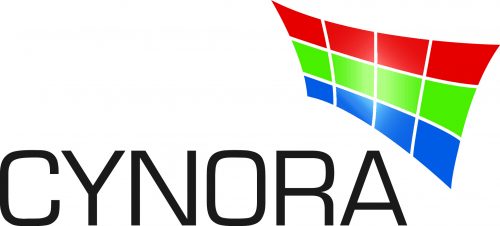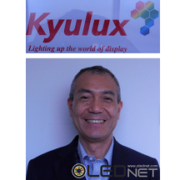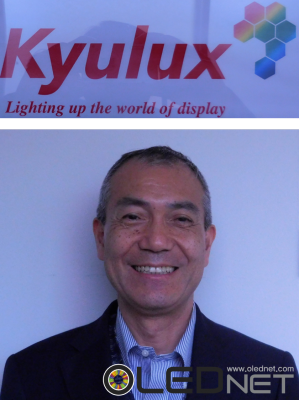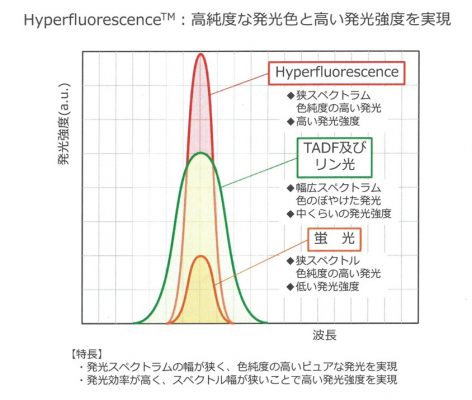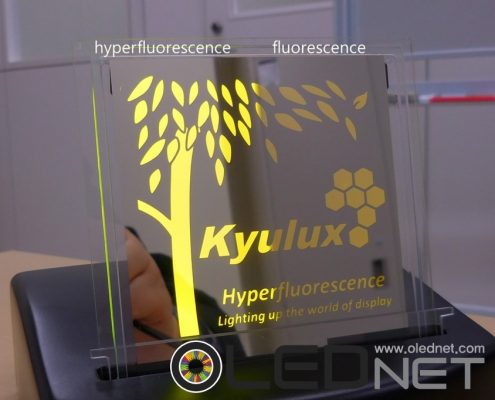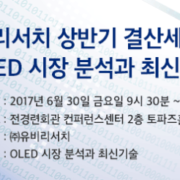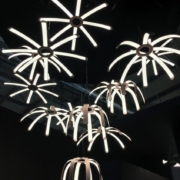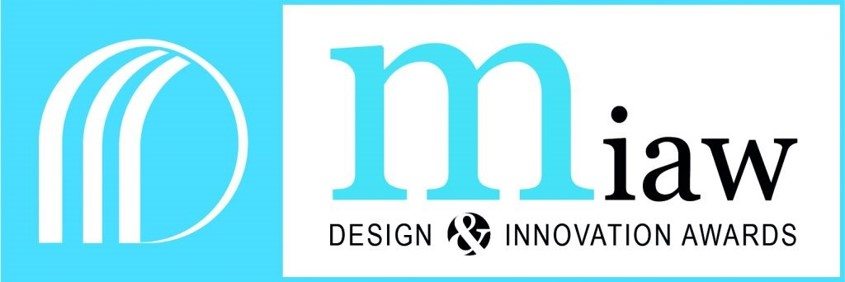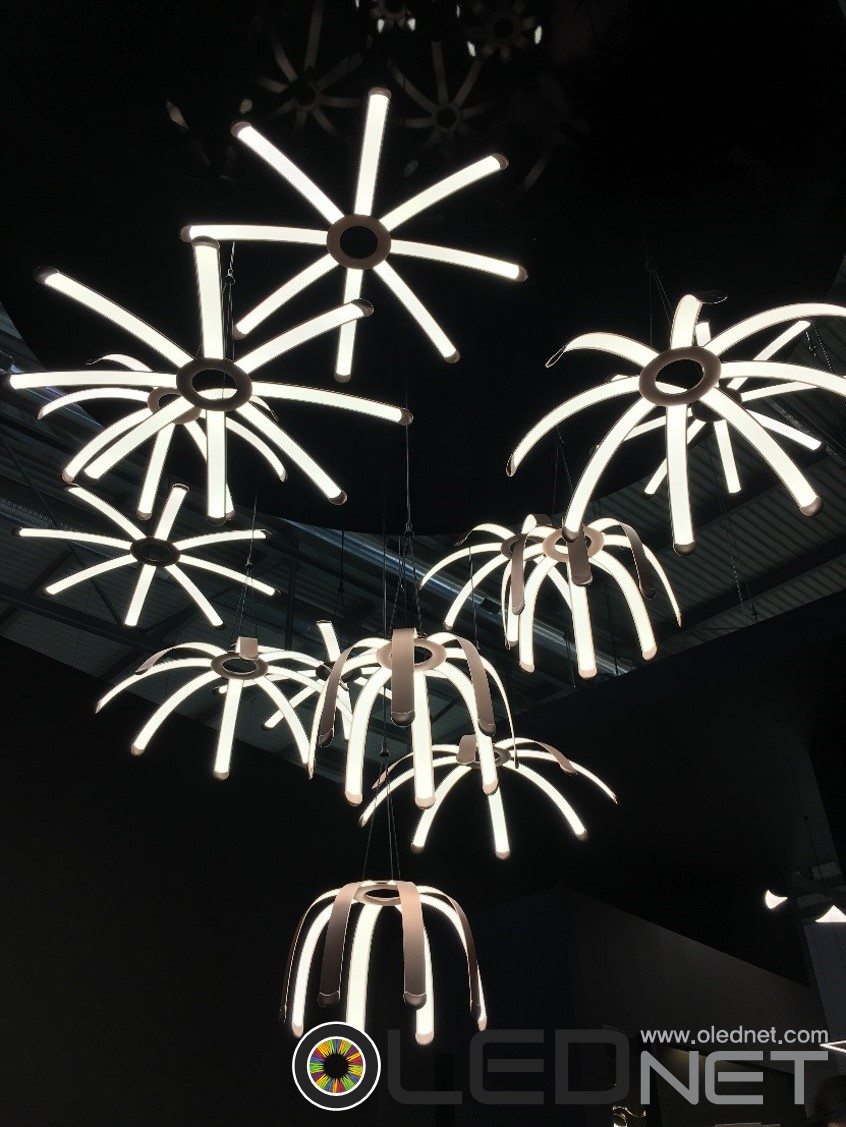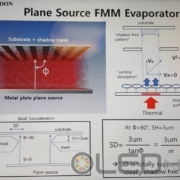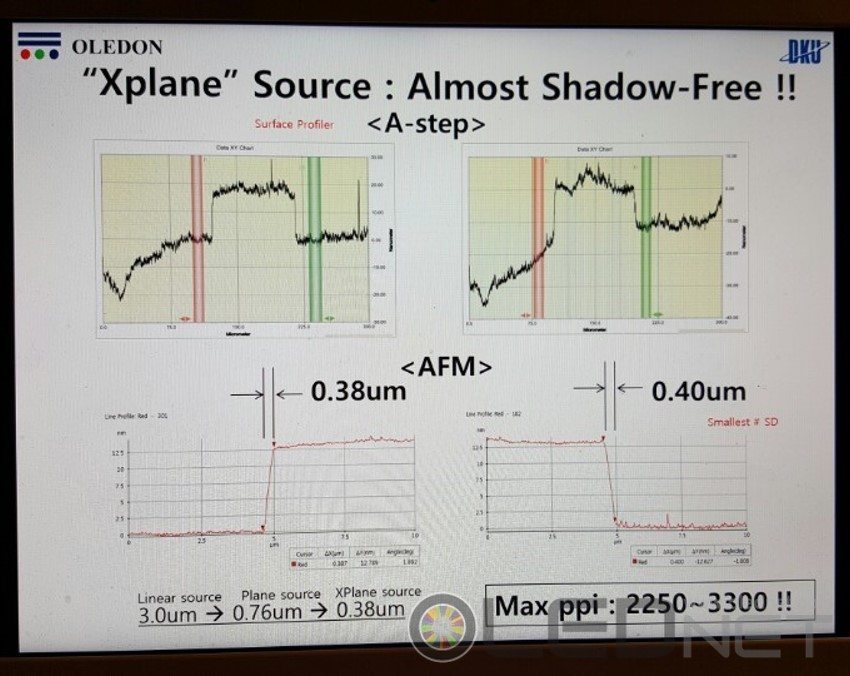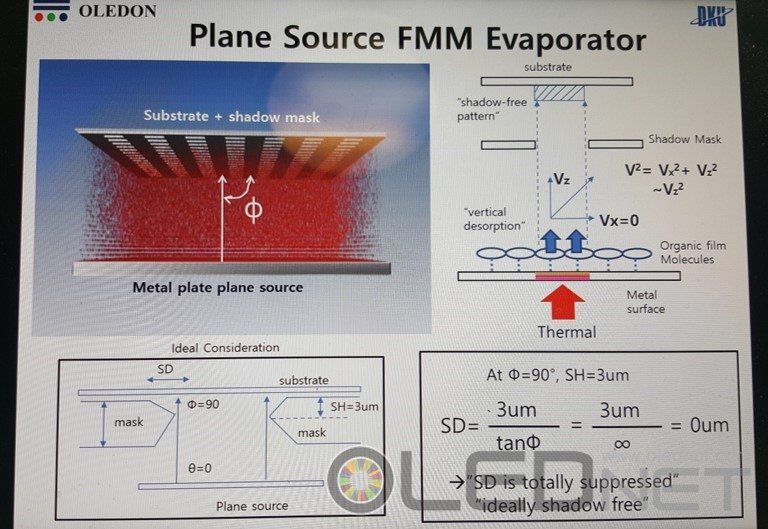[LED & OLED EXPO 2017] OLED lighting in a broad range of applications
‘International LED & OLED EXPO 2017’, the largest international lighting exposition in S.Korea, opened for three days in KINTEX, Goyang City, S.Korea on March 27. A large number of OLED lighting companies participated in this event and presented various OLED lightings.
The Korea Institute of Industrial Technology organized a booth for OLED lighting industrial cluster project and displayed many different OLED lightings of Korea Institute of Industrial Technology and Hausand, Vawoodesign and so on, together with Korea Photonics Industry Promotion Association, Korea Photonics Technology Institute, and Korea Institute of Lighting Research.
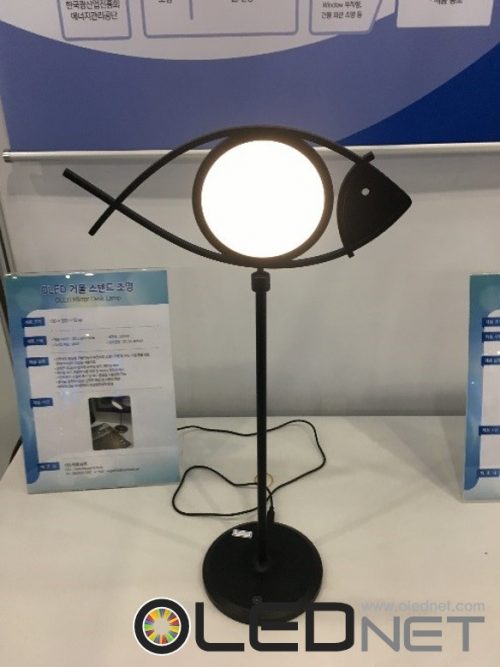
<Mirror desk OLED lighting of Hausand>
A researcher of Korea Institute of Industrial Technology said, “The average life time of OLED lighting is currently 15,000 hours at LT50 and the target life time will be 40,000 hours. From the lighting point of view, flexible and transparent design and slim thickness can generate an unlimited number of applications”. Also “In Europe, OLED is in the spotlight due to the limit of LED illumination. The lighting market has been already saturated by Chinese LED manufacturers while OLED has much more market potential.” “As the market grows, OLED lighting made in relatively simple manufacturing process will be less expensive than LED, “he anticipated.
“The lifetime of currently commercialized OLED lighting is 40,000 hours at LT50 and sufficient to use on a daily basis,” said a manager of JW M Tech, who introduced various flexible and rigid OLED lightings.”OLED emits less blue light and is superior to LED in different design applications. We will soon develop flexible OLED lighting and be most competitive in the international lighting industry,” he added.
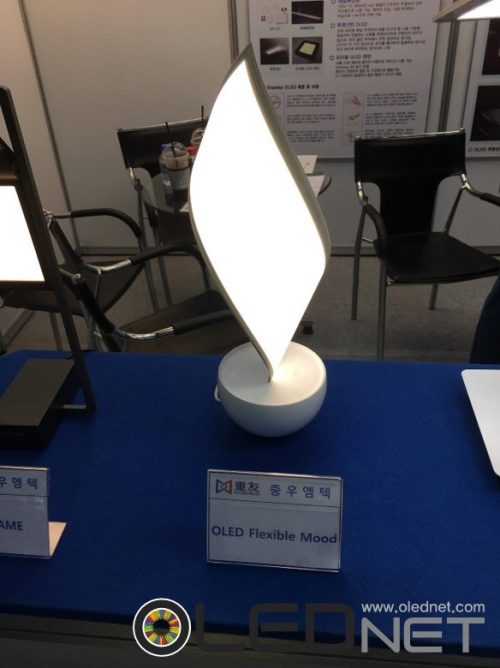
<Flexible OLED mood light of JWM Tech>
Sungkyunkwan University introduced its self manufactured flexible OLED lighting in use of roll-to-roll process. An official of SungKyunKwan University expectantly said, “the roll-to-roll process reduces the production time and because of its thin and flexible design, it will be applied to various lightings.”
In addition, Oclass introduced mirror OLED lighting to draw great attention, and Woori Lighting’s stand-type OLED lighting in application of the wireless charging function of cell phone has been awarded by the Minister of Industry and Commerce, proving its competitiveness of OLED, the next-generation light source.
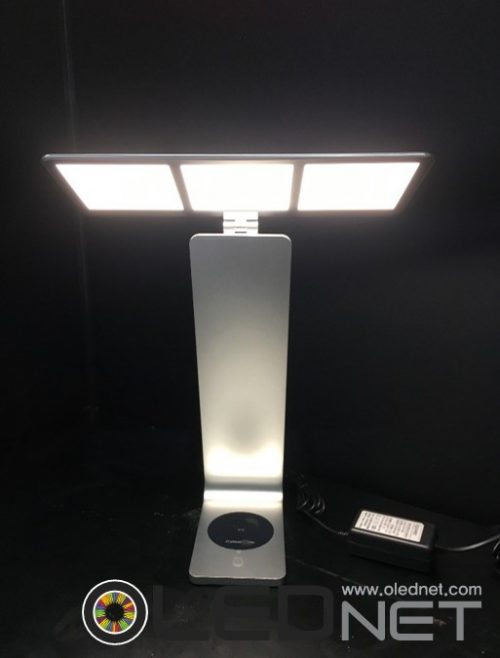
<Stand type OLED lighting of Woori Lighting>

